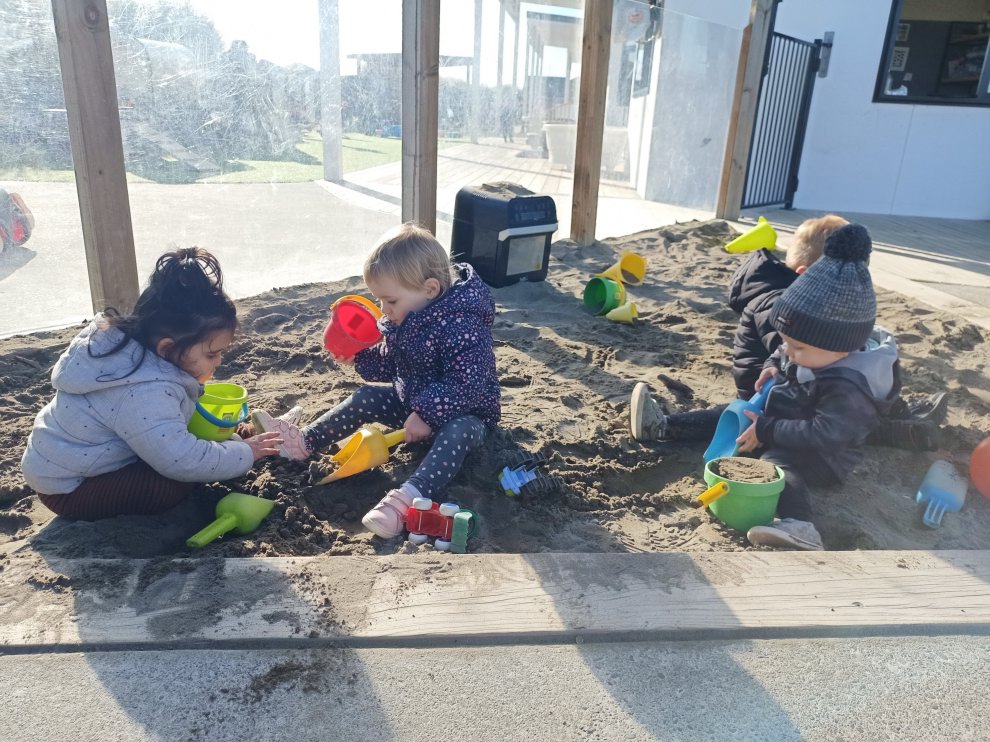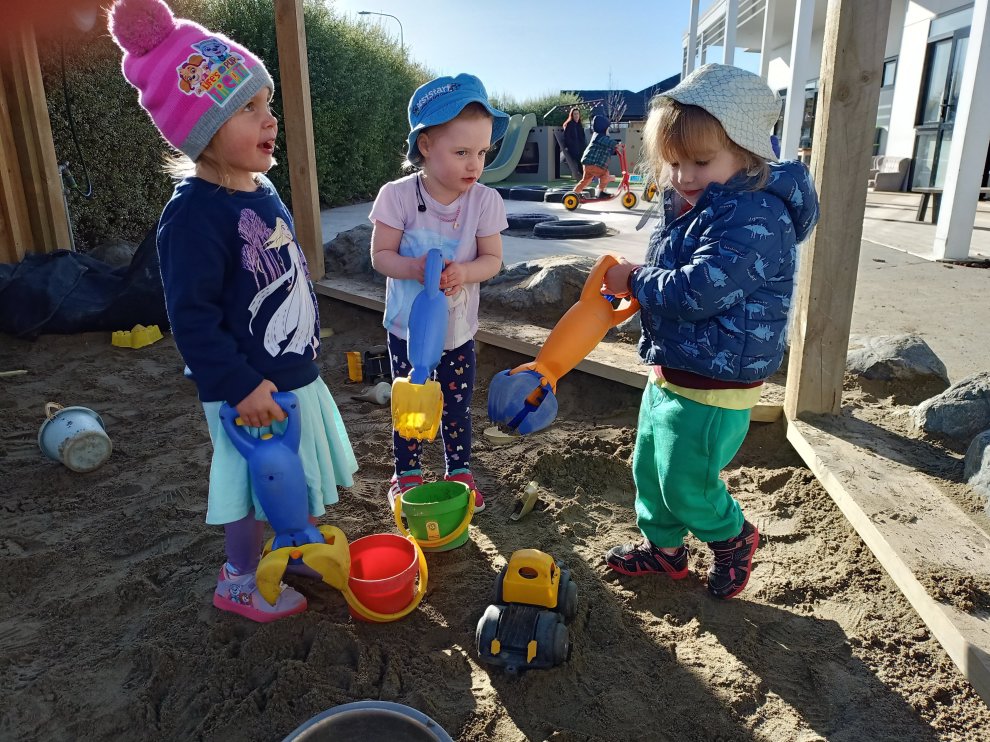LATEST STORIES
Sandpit Adventures at BestStart Faringdon East
We love our sandpit and our children often go home covered in sand! It’s a fantastic way to tell that they have been engaged in learning. Sand play benefits young children in so many ways that it should be a regular activity in their lives. Not only is it highly therapeutic and relaxing, but there are many educational benefits too.
Simply pouring sand in and out of containers gives children a thorough understanding of volume and capacity, and by offering a variety of different containers, buckets, or measuring cups, children will experiment and learn. Not to mention the words that they will hear, copy, and learn which relate to the fundamental basics of mathematical vocabulary. Children discover the properties of sand through exploration as they love digging in the sand to find items that are buried. As they do, they discover the various layers - how sand changes as they dig deeper – just like the earth, with the sand at the top being warm/dry, and as they dig deeper it gets compact, colder, and more moist.
In the sandpit, children work on their finger muscle control and strength, especially when digging with their fingers, shaping sand, and putting fine details into their creations eg. placing small twigs in their “birthday cake.” When children play with toys in the sand, they develop hand-eye coordination as their hands and eyes work together to create and build. Development of hand-eye coordination is very important and a simple task such as shovelling sand into a bucket with a small spade requires much concentration and coordination which great for when they start playing sports, writing, and doing many future activities at school.
Just as the small muscles get stimulated during sand play, the large muscles do too. While playing in a sandpit, children make movements such as digging, scooping, pouring, pushing, and lifting. This helps build the large muscles and strengthens their body while also developing an awareness of their body and how they can use their body to accomplish tasks. Problem-solving is a very important skill, and how better to develop this than when your mud cake crumbles as it gets turned out of the cup, leading to children having to rethink the sand and water proportions!
Sand play is creative play as children create from a completely blank canvas of sand and some toys. Children are constantly creating new structures, objects, ways of transporting and moving sand, and new things to do with the substance. And lastly but by no means least – sand play encourages collaboration and discussion! It is the perfect activity for building social skills as children learn to share tools and spaces and often choose to build and play together. This requires a lot of talking and negotiating. There will be disagreements about what to build, who will help, and how they are going to do it. Children will need to learn quickly how to manage their conflicts to avoid the inevitable ball of sand being thrown at them at some point! There will also be lots of friendly discussions as they exchange conversations while they play.
So next time your children come home from BestStart Faringdon East covered in sand, enjoy talking to them about the learning that has taken place during the day!





